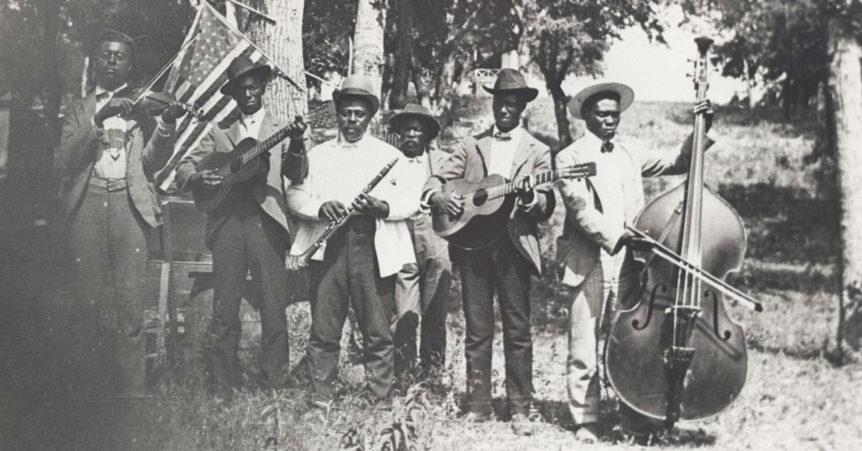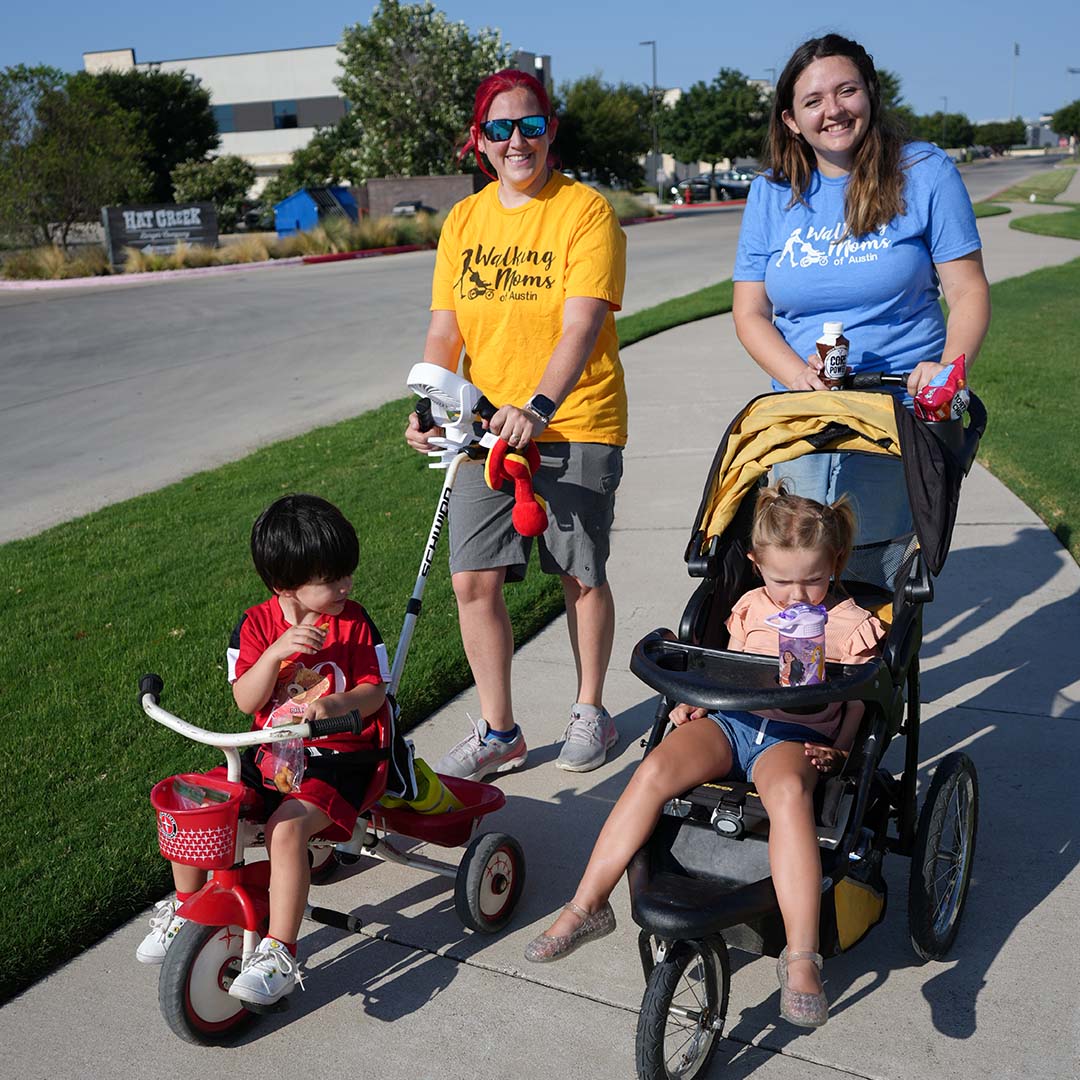As we celebrate Juneteenth this year, amidst a restored sense of how urgently our city must face the truth of our past and work to improve our present and future, we wanted to take a step into history with you.
We’ve gathered some links, photos and stories that we hope will help illustrate just how hard Black Austinites have had to fight to keep the traditions of Juneteenth alive. We invite you to share your stories of this important holiday in Austin’s parks: tag us on social media @austinparksfdn so we can re-share.
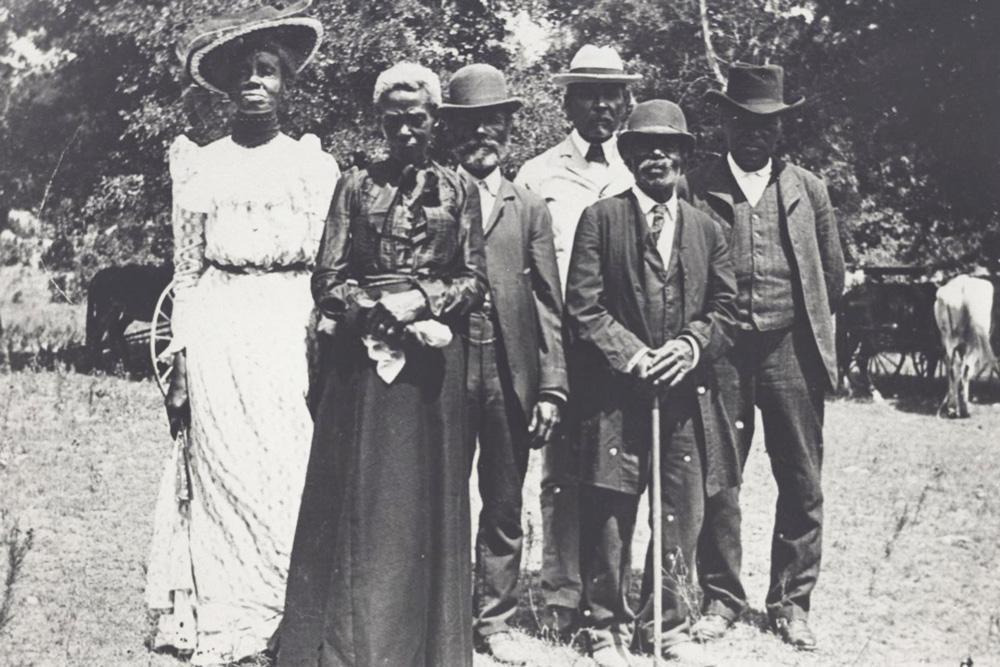
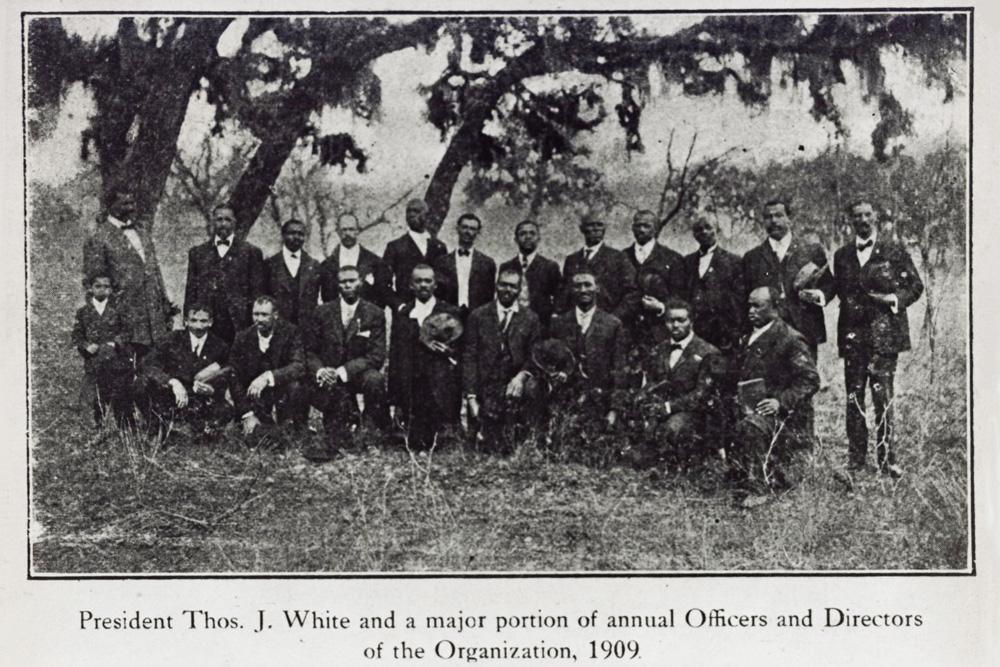
East Woods Park
Originally called Wheeler’s Grove, Eastwoods Park was home to the city’s largest Juneteenth/Emancipation Day celebrations. Black Austinites from nearby neighborhoods like Clarksville and Wheatsville, as well as thousands of other Austinites, gathered here for celebrations from the 1860s through the early 1900s.
When the city’s 1928 Master Plan officially segregated Austin into East and West, Black Austinites were forced out of the area, making celebrations at the park impossible. Recently, Eastwoods was honored with a Lonestar Legacy designation, in part, due to this important history as the site of Austin's first Juneteenth celebrations.
Pictured above: Black Austinites gather in Eastwoods Park to celebrate Juneteenth/Emancipation Day on June 19th, 1900 - 120 years ago to date from this year's celebration.
Emancipation Park
In 1905, Thomas J. White and Mattie B. White founded the Emancipation Park Association. In 1907, they became the official owners of a tract of land in East Austin with the express purpose of creating a place for Black Austinites to celebrate Juneteenth, and to gather in community (check out pages 82-85 of this City of Austin document for photos of the original site).
According to this KUT article “Thomas J. White, a former slave, thought Juneteenth should be held on land owned by Black residents themselves.” And so from 1907 to about 1938, this 5-acre spot between Rosewood Ave. and Chicon was officially called Emancipation Park, and became part of a small network of sister parks in cities like Houston.
In 1938, the City of Austin seized the land of Emancipation Park through eminent domain in order to build Rosewood Courts, the first African-American housing project in the United States. Rosewood Courts still stands today, and has seen preservation efforts of its own in recent years.
Still, Juneteenth celebrations continued at other nearby green spaces, including a smaller parcel of the original park adjacent to the EastLink Trail and historic Downs-Mabson fields.
In this video from KUT.org, residents of East Austin talk about the historical significance of the land where Emancipation Park once was, and provide details on a real estate developer who planned to build on top of it:
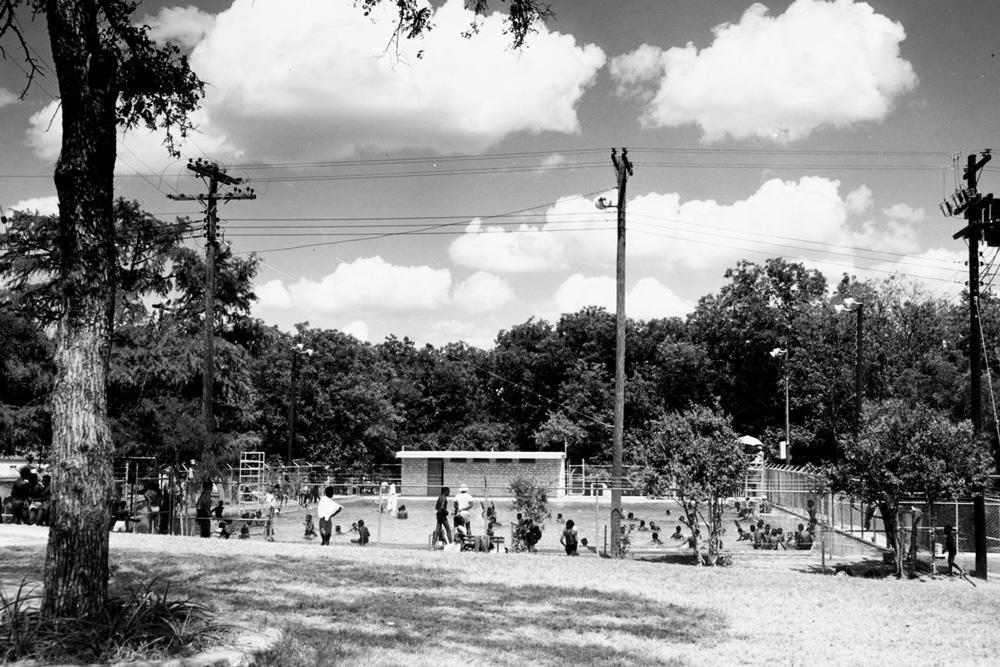
Rosewood Neighborhood Park
When Emancipation Park was taken over by the city, many community gatherings and Juneteenth celebrations had already moved to Rosewood Park, down the street. Rosewood had been purchased by the city in 1928/1929 for use by Black Austinites in accordance with the edicts of the 1928 Master Plan.
According to this Eastside Magazine article “Rudolph Bertram originally acquired the land in 1875 where he built the house for his family.” The Bertram-Huppertz house became the clubhouse and bath house as amenities like the pool, sports courts and playground were added to the segregated park.
Rosewood now has a Lonestar Legacy designation and a state historical marker for its important history as a cultural gathering space, a stop on the Chitlin Circuit, and the many historic assets it holds, like the Henry Green Madison Cabin. Both markers were recently unveiled at the park.
Check out the video below by the Parks & Recreation Dept. featuring the neighborhood’s elected officials as well as some of the heroes and long-time neighbors of Rosewood and East Austin, including Lee Dawson Jr. and Delores Duffie:

George Washington Carver Museum & Cultural Center
Built in 1926, the original building was the site of Austin’s first library. After the official segregation of the city, White Austinites called for a larger central library, and in 1933, the building was moved from its original spot on 9th and Guadalupe to Angelina Street on the Eastside. There, it became the very first branch library in Austin, and was known as “the Colored Branch.” In 1947, the library was officially named after George Washington Carver.
With increased demand, the Carver Branch Library soon needed expansion and in 1979, a new building was completed across from the original. In 1980, East Austin residents successfully advocated for the historic building to become the George Washington Carver Museum and Cultural Center - making it the first African-American neighborhood museum in Texas. The 36,000 square foot museum and cultural center you see today was completed in 1998, and the historic site became the genealogy center.
In addition to the Carver Center’s core exhibits on African-American presence in Texas in the 19th century (and previously on Juneteenth celebrations), the Carver is also home to Freedom Plaza and the Juneteenth Memorial Sculpture Monument by Eddie Dixon and Austin native, Adrienne Rison Isom.
Today, the Carver Center is one of the pillars of “the first black cultural district in the state of Texas and the only cultural arts district in the city of Austin” - Six Square. This year, the Carver Center will co-host the virtual Juneteenth celebration Stay Black and Live.
We're grateful to the Austin History Center and austintexas.gov for being great resources for photos. Here are the sources for the photos in this blog:
- Featured photo: Emancipation Day Celebration band, June 19, 1900
- East Woods Park: Emancipation Day Celebration, June 19, 1900
- Emancipation Park: Officers and Directors of Emancipation Park Association, 1909
- Rosewood Park: Swimmers at Rosewood Park pool
- George Washington Carver Museum and Cultural Center: George Washington Carver Museum Exhibits

